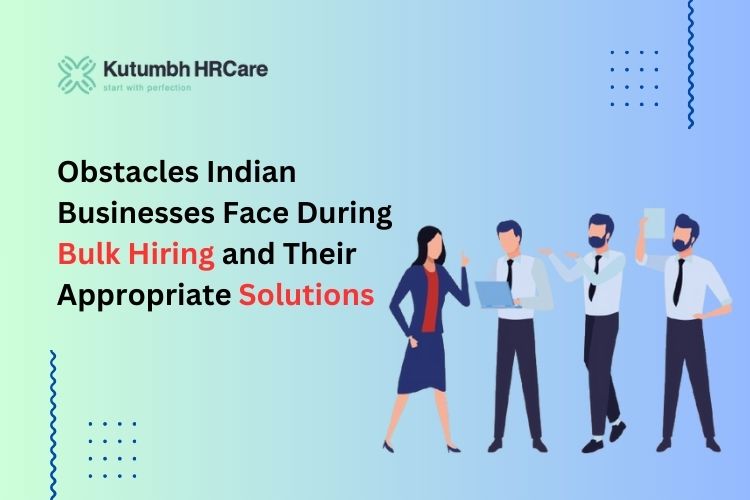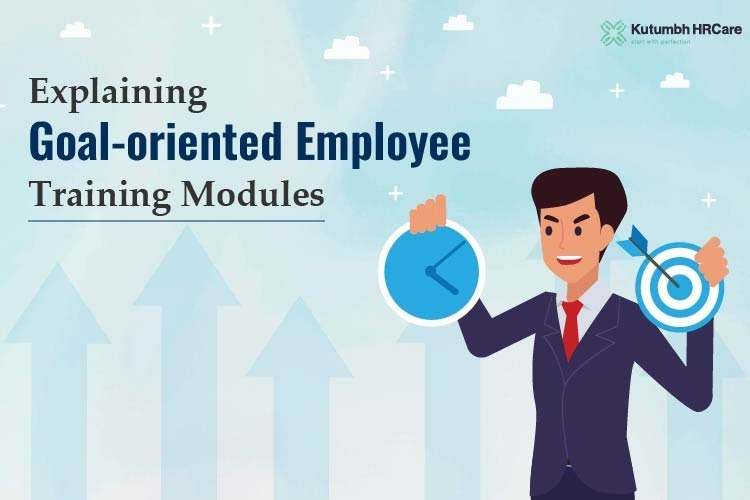

In the fast-paced business landscape, hiring and retaining candidates has become the biggest concern among organisations. One important thing that helps attract and retain candidates for a longer period is the development of goal-oriented employee training modules. As an HR or manager, you play an important part in this process. You must develop strategies that help individual employees connect with the organisation's overall objectives.
Employee Development Plans (EDPs) are systematic approaches to improving an employee's skills, knowledge and competencies. It is a strategic tool that analyses an employee's existing skills, establishes specific goals for their growth, and describes the processes and resources required to achieve them. As employees progress in their careers, their professional development plans should change to reflect their present circumstances. The strategy should stay adaptable and continue to evolve as individuals acquire experience and change their goals.
Identify goals and objectives
Before creating an employee development plan, companies must first identify what they hope to accomplish with it. Begin by determining the overall goals and objectives for the employee's growth. Consider the employee's present job and career goals. Are there any special abilities or competencies they need to develop to advance in the organisation? Companies want to schedule one-on-one sessions with their staff to discuss their professional development goals. Scheduling these meetings in advance allows their workers to prepare as well. Then, during the discussion, ask questions about their career goals, their desired future role within the organisation, and any skills they believe will be useful for their current and future duties. It is critical to pay close attention to their comments and aggressively explore ways to link their aspirations with the present needs and growth trajectory of the firm.
Describe Development Activities
Once companies set the employees’ goals and assess their present abilities, they can plan the activities and resources needed for their development and upskilling. Some of the activities are - training programs and courses, work-based learning experiences, mentoring and coaching and more. Each development activity should be chosen based on its relation to the employee's objectives and opportunities for growth. Firms may personalise each activity and resource to those objectives and skills as they include them in their employee development plan.
Allocate Resources
Make sure to devote enough resources to properly implement the employee career development strategy. This might involve funding, time, and staff for specific development activities like training and mentorship. Some organisations go above the same to support professional growth through a variety of channels. This might include paying for classes, offering reimbursement schemes or covering the tab for travel and conference expenses. These options enable employees to hone critical business skills and broaden their professional network. The main thing is to ensure that the employee has access to all of the resources they may require to achieve their career development objectives.
Monitor and Adjust
Employee development plans are not static. It should be adaptable as the individual grows or the organisation's demands change. Regularly meet with the employee to discuss their progress and adjust the strategy as required. This guarantees that their employee career development strategy is still relevant and successful. Companies can opt to meet quarterly, for example, to provide a regular benchmark for success while giving staff enough time to make significant progress toward their development goals. Alternatively, some businesses choose bi-annual gatherings, which allow for a combination of regular communication and deeper skill development. Annual meetings, in conjunction with traditional performance appraisals, may be sufficient in cases where employee development plans are longer-term or job roles change less frequently. Another alternative is to hold on-demand meetings, which allow employees to request meetings anytime they need to check in. In dynamic jobs or fast-paced sectors, a continuous feedback method may be more beneficial than traditional meetings, allowing for continual discussions regarding progress. Finally, the frequency of meetings should be determined together, with both the employee and their manager agreeing on the best timetable to keep the plan relevant and successful.
These are tactics that companies can utilise to uplift their employees and exceed their retention period. The employee training process is long and time-consuming. Companies can contact Kutumbh HRCare (Kaam matlab Kutumbh) - an HR outsourcing company. It provides a robust employee training program to help companies develop and upskill their employees at all levels. Contact Now!
2025 © All Rights Reserved by Kutumbh HRCare Private Limited
CIN: U74900DL2018PTC334097